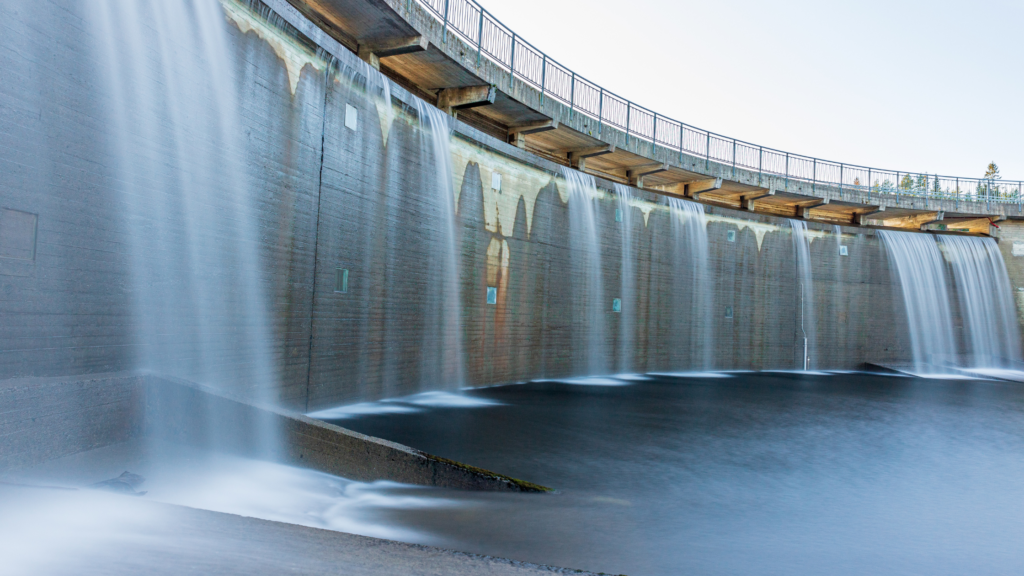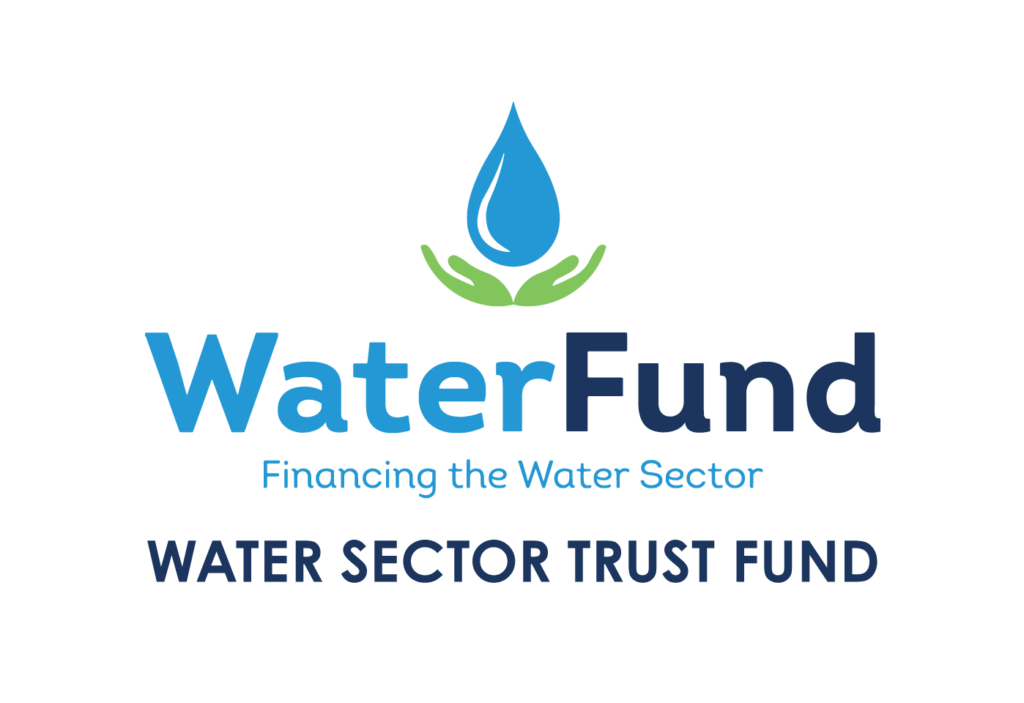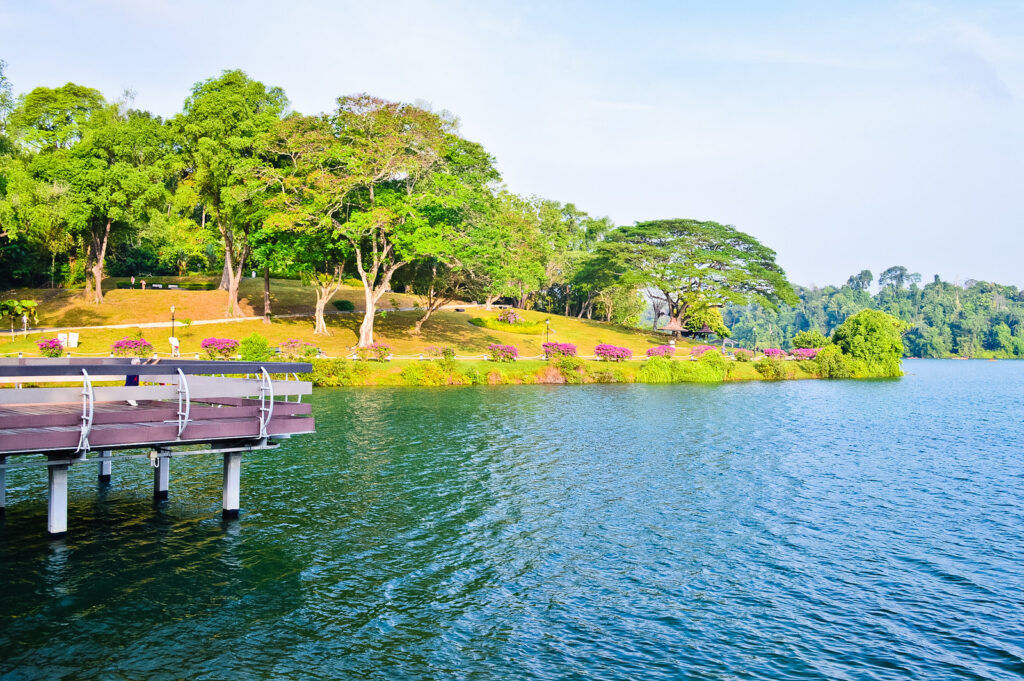Investing in clean water is crucial for sustainable development and improving global health. Clean water investments play a vital role in providing safe drinking water, improving sanitation, and supporting economic growth. However, these investments face significant challenges. This article explores the major challenges in clean water investments and offers practical solutions to overcome them, aligning with Bottom Billion Corporation’s mission to promote sustainability and economic empowerment.
Key Challenges in Clean Water Investments
Financial Constraints
One of the primary challenges in clean water investments is securing sufficient funding. Many water projects require substantial capital, which can be difficult to obtain, especially in developing regions. High upfront costs and long payback periods often deter private investors. Moreover, public sector funding is often limited, leading to gaps in financing essential water infrastructure.
Regulatory Hurdles
Navigating regulatory landscapes can be complex for clean water projects. Different regions have varying regulations regarding water rights, environmental standards, and project approvals. These regulatory barriers can delay project implementation and increase costs. Additionally, the lack of clear and consistent regulations can create uncertainty for investors.
Technological Barriers
Implementing advanced water technologies can be challenging due to high costs and the need for skilled personnel. In many regions, outdated infrastructure hampers the adoption of innovative solutions. Moreover, there is often a lack of awareness and understanding of new technologies, leading to resistance to change and slow adoption rates.
Climate Change Impacts
Climate change poses a significant risk to water resources, affecting their availability and quality. Extreme weather events, such as droughts and floods, can disrupt water supply and infrastructure. These challenges require adaptive strategies and resilient infrastructure to ensure sustainable water management.
Practical Solutions for Clean Water Investments

Leveraging Public-Private Partnerships (PPPs)
Public-Private Partnerships (PPPs) can bridge the funding gap for clean water projects. By combining public sector support with private sector efficiency and innovation, PPPs can mobilize the necessary resources for large-scale water projects. Governments can provide incentives, such as tax breaks and subsidies, to attract private investment. Successful examples include the Manila Water Company in the Philippines, which has improved water access through a PPP model.
Streamlining Regulatory Processes
Governments can facilitate clean water investments by streamlining regulatory processes. Simplifying approval procedures, providing clear guidelines, and ensuring consistent enforcement of regulations can reduce delays and costs. Collaborative efforts between regulators and investors can also help address specific challenges and create a more conducive environment for water projects.
Investing in Capacity Building
Capacity building is essential for the successful implementation of clean water projects. Investing in training programs and education can enhance the skills of local personnel, enabling them to operate and maintain advanced water technologies. Partnerships with educational institutions and international organizations can provide the necessary technical expertise and knowledge transfer.
Promoting Climate-Resilient Infrastructure
To address the impacts of climate change, investing in climate-resilient infrastructure is crucial. This includes designing flexible water systems that can adapt to changing conditions, implementing water-efficient technologies, and incorporating natural solutions like wetlands and green infrastructure. These strategies can enhance the resilience of water infrastructure and ensure a reliable water supply.
Success Stories in Clean Water Investments
Kenya’s Water Services Trust Fund
In Kenya, the Water Services Trust Fund (WSTF) has successfully mobilized resources for clean water projects through innovative financing mechanisms. By leveraging grants, loans, and community contributions, the WSTF has improved water access in underserved areas, benefiting millions of people. This model demonstrates the effectiveness of combining different funding sources to address water challenges.

Singapore’s Water Sustainability Strategy
Singapore is a leading example of successful water management through innovative investments. The country has implemented a comprehensive strategy that includes water recycling, desalination, and efficient water use. By integrating advanced technologies and sustainable practices, Singapore has achieved water security and serves as a model for other regions facing similar challenges.

Clean water investments are essential for sustainable development and improving global health. By addressing financial constraints, regulatory hurdles, technological barriers, and climate change impacts, stakeholders can overcome these challenges and create a positive impact. Leveraging public-private partnerships, streamlining regulations, investing in capacity building, and promoting climate-resilient infrastructure are key strategies for successful clean water investments. These efforts align with Bottom Billion Corporation’s mission to promote sustainability and economic empowerment, ensuring a better future for communities worldwide.

